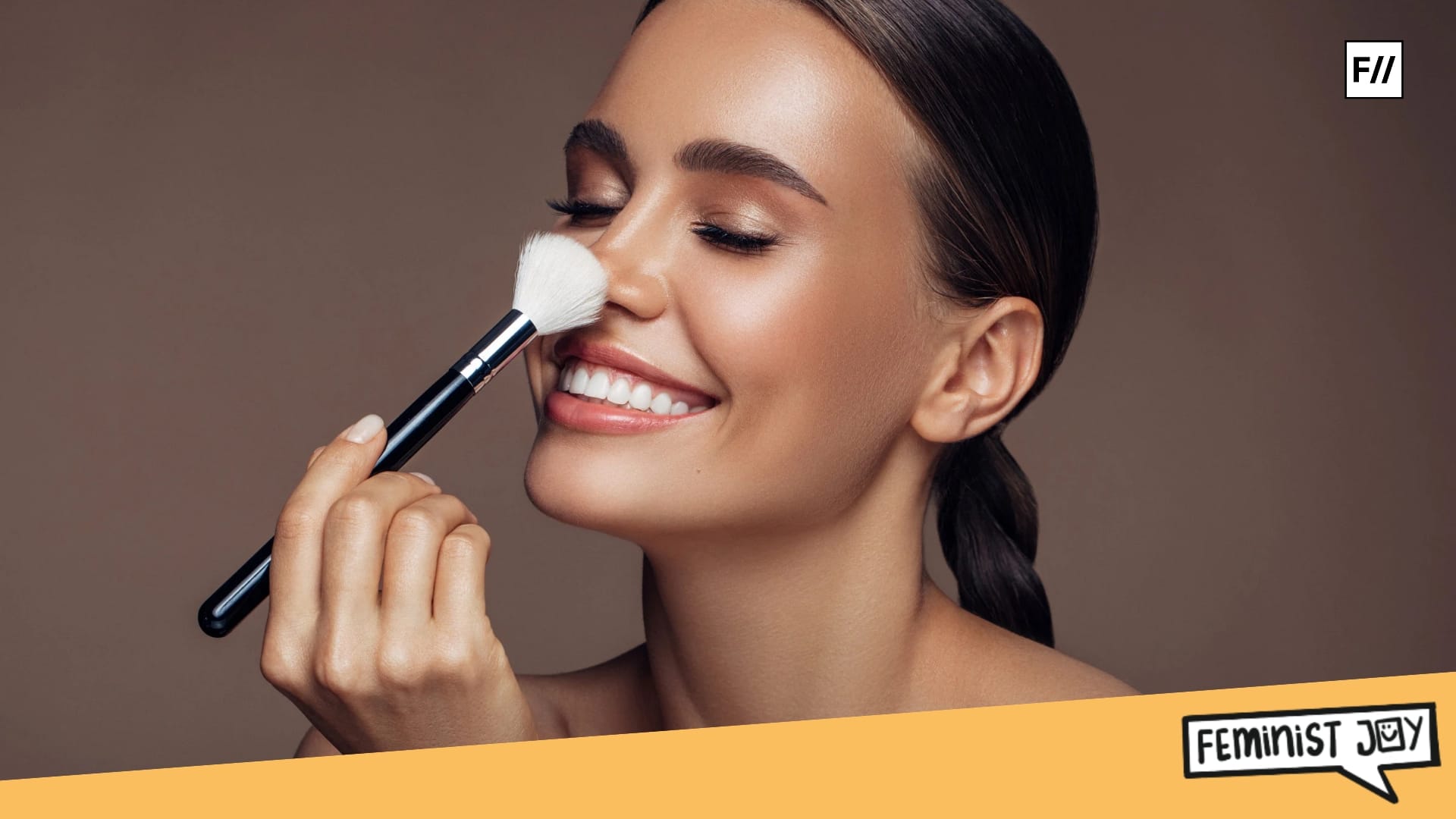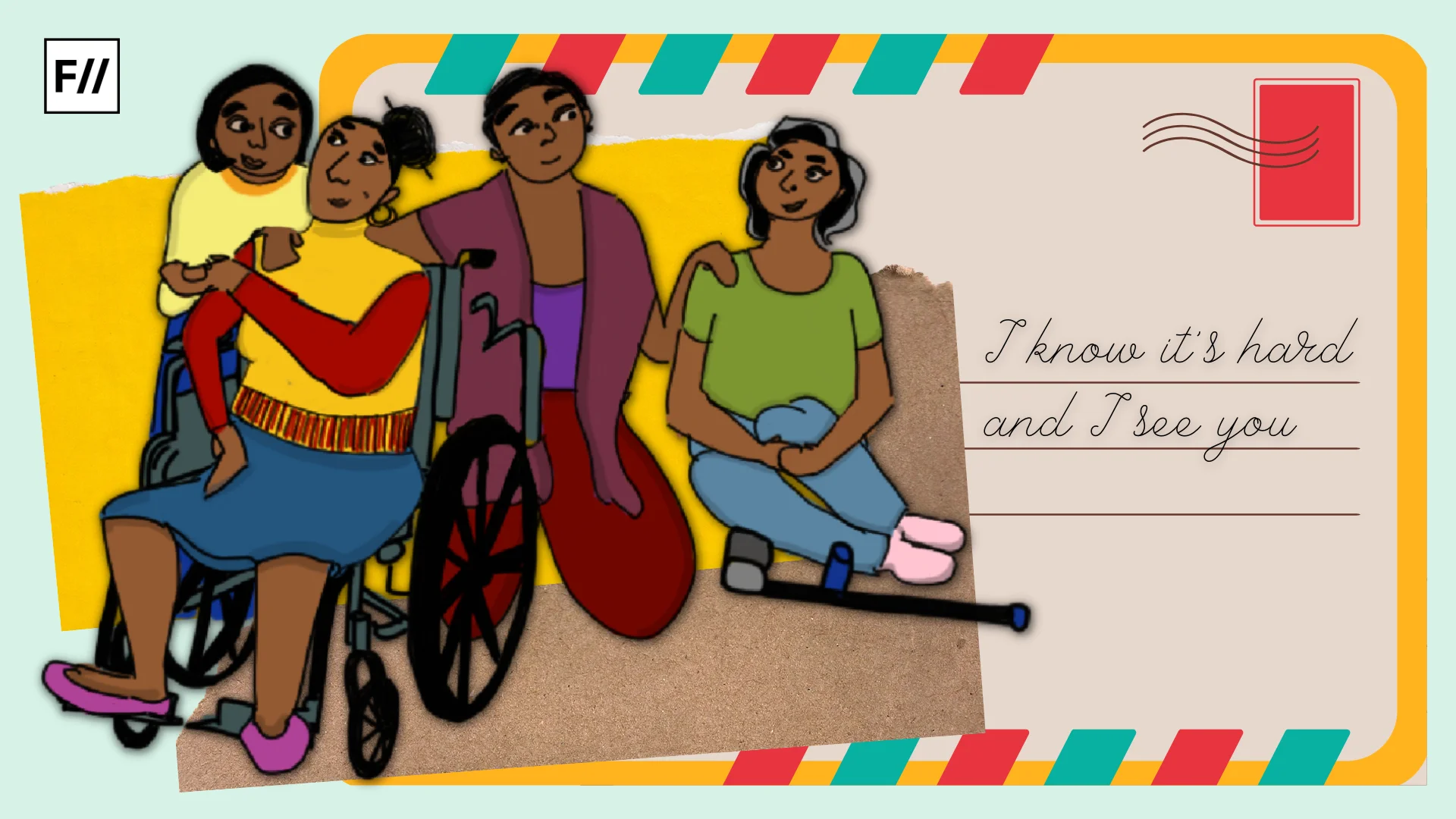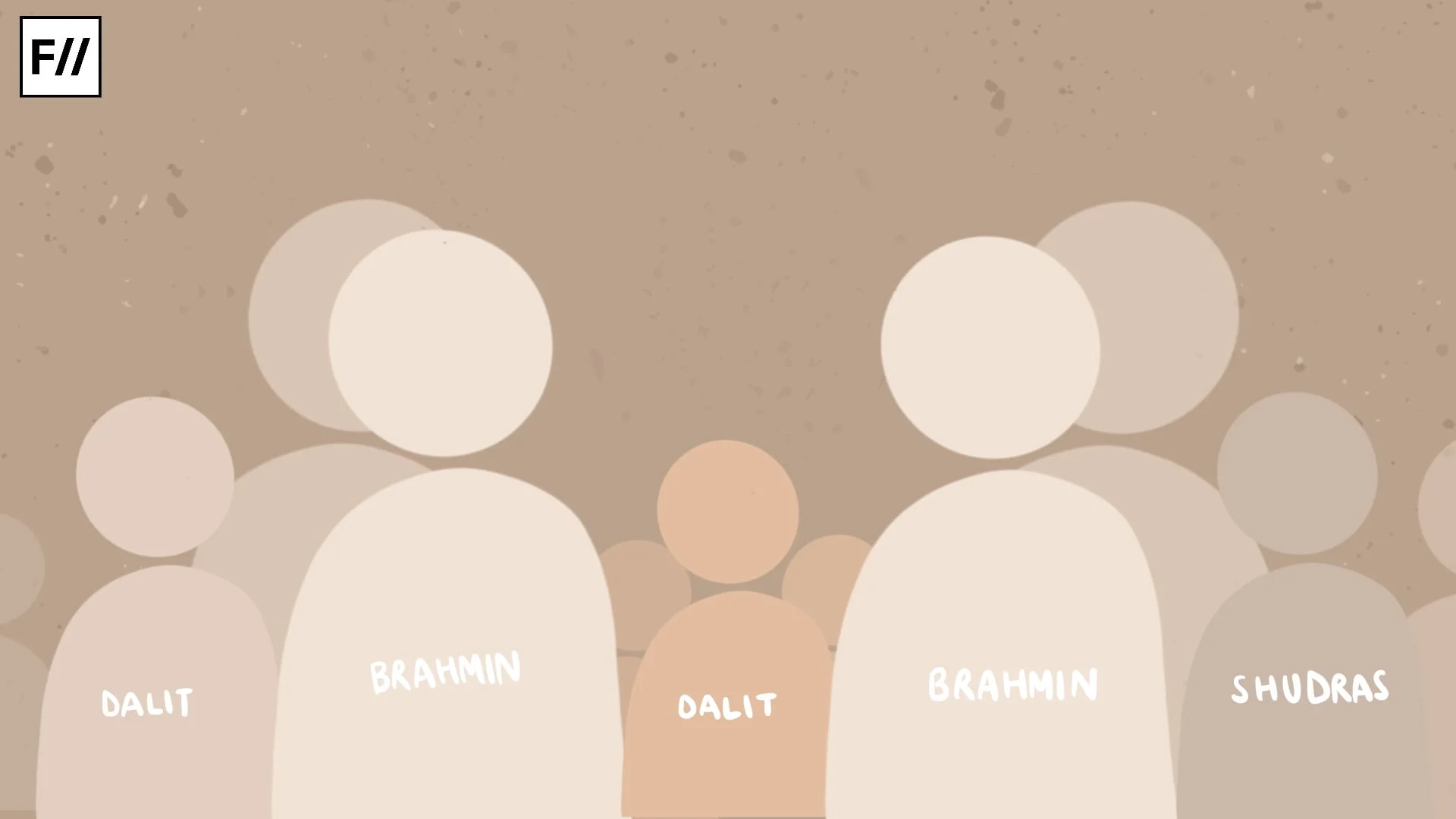Wearing lip gloss, for me, is an act of defiance, an enactment of self-expression bejeweled in femininity and empowerment. Growing up, I was always drawn to the candy-coloured appeal that slowly seeped into my individuality from the shelves of my favourite outlet. Cosmetics, for me, thus, were no longer just tools for enhancing individual aesthetic appeal but symbols of something revolutionary and meaningful. The connotations, along with the unabashed irony and reclamation associated with the color pink, represent frivolity to me—a kind that stands for an escape from the male gaze.
The kinetic and aesthetic pleasure of girlhood is inexplicable, often reduced to the idea of being a ‘candy for the male gaze.‘ Far from the notion, the simple act of wearing a cute outfit with a tiny pink bow, manicuring nails to complement your Pinterest-worthy summer outfit, or grabbing a cup of pink coffee after a hard day at work turns femininity into a source of comfort and belonging. The fleeting feeling of aestheticism that accompanies scrolling through retail beauty apps is an imaginative spectacle in itself, reducing stress and igniting a collective sense of girlhood.
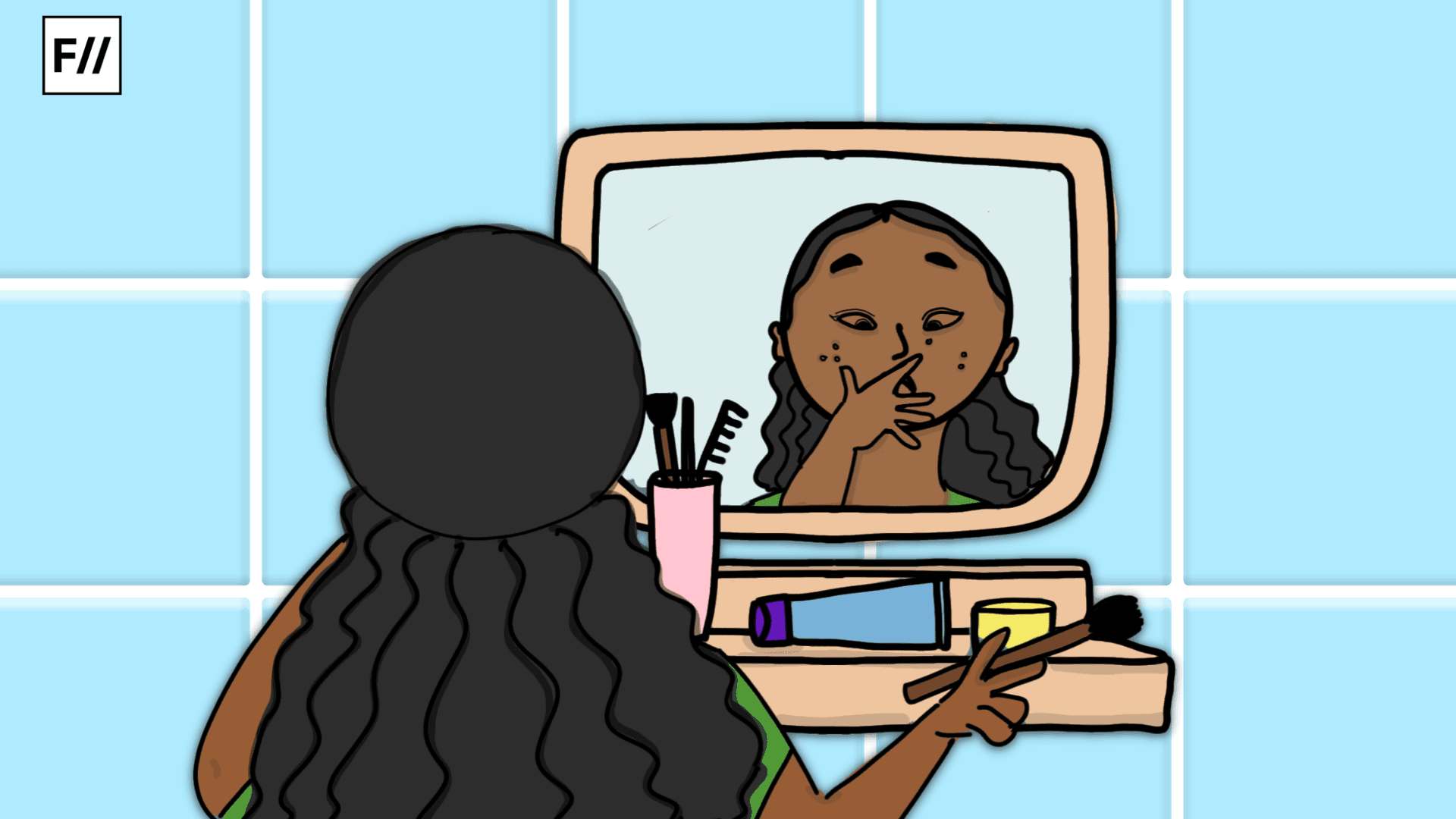
Shopping isn’t just a transaction but a spectacle, holding the mirror to a theatre of possibilities that enable envisioning oneself in ways one dreams of. The tactile pleasure in drawing the strokes of an eyeshadow along the eyelids or adding a pastel blush to the shopping cart is about brightening what could have otherwise been a monotonous grey day by infusing candy-coloured joy into it. The very act of applying a cute phone case with a pleasant-coloured sticky suction to hinge onto surfaces is an agent of self-control, upholding that joy often lies in the smallest things. Buying oneself lacy lingerie that exposes the curves isn’t a scandalous exercise but a pure exercise of feminine joy.
Yet, the disconcerting whispers that surround conversations centered around fashion trends that refuse to conform to the social paradigm are power-oriented in themselves. From the raised eyebrows that meet a girl wearing a mini skirt paired with a corset top to the mockery of a girl whose modesty is clandestine behind a veil, society loves patrolling and vilifying women’s character based on their outfits. And that is precisely what makes me admire the aesthetic freedom brought by retail fashion for its ability to become a mark of expression and individuality.
Fashion empowers women to choose between a bikini and a burkini. It gives the freedom to embrace body hair or attain glass skin with waxed legs and arms. It reinforces how you don’t have to dress a certain way to present as a definite type or aesthetic. It lies in the assertion that it is a continuously evolving playground that screams defiance in all shapes, sizes, and colours.
Fashion empowers women to choose between a bikini and a burkini. It gives the freedom to embrace body hair or attain glass skin with waxed legs and arms.
For ages, beauty and aesthetic have been used as tools to oppress. From the callous foot-binding practice in China to wearing corsets to bed for achieving hourglass curves, the enhancement of physical appeal to please the male eye has been earmarked as the sole objective of fashion. Yet, feminism has always found a way around—twisting, spilling, and manifesting in the very ways that were once deemed as a shallow and pale reflection of womanhood. The hues and cries surrounding Greta Gerwig’s Barbie, criticised for being sculpted to impossible proportions, and its inclusive return that embraced all skin tones and shapes, including stigmatised conditions such as vitiligo, is a cultural renaissance in itself. This makes me see fashion and womanhood as two inseparable twigs of the same branch, reinforcing how it is for everyone.
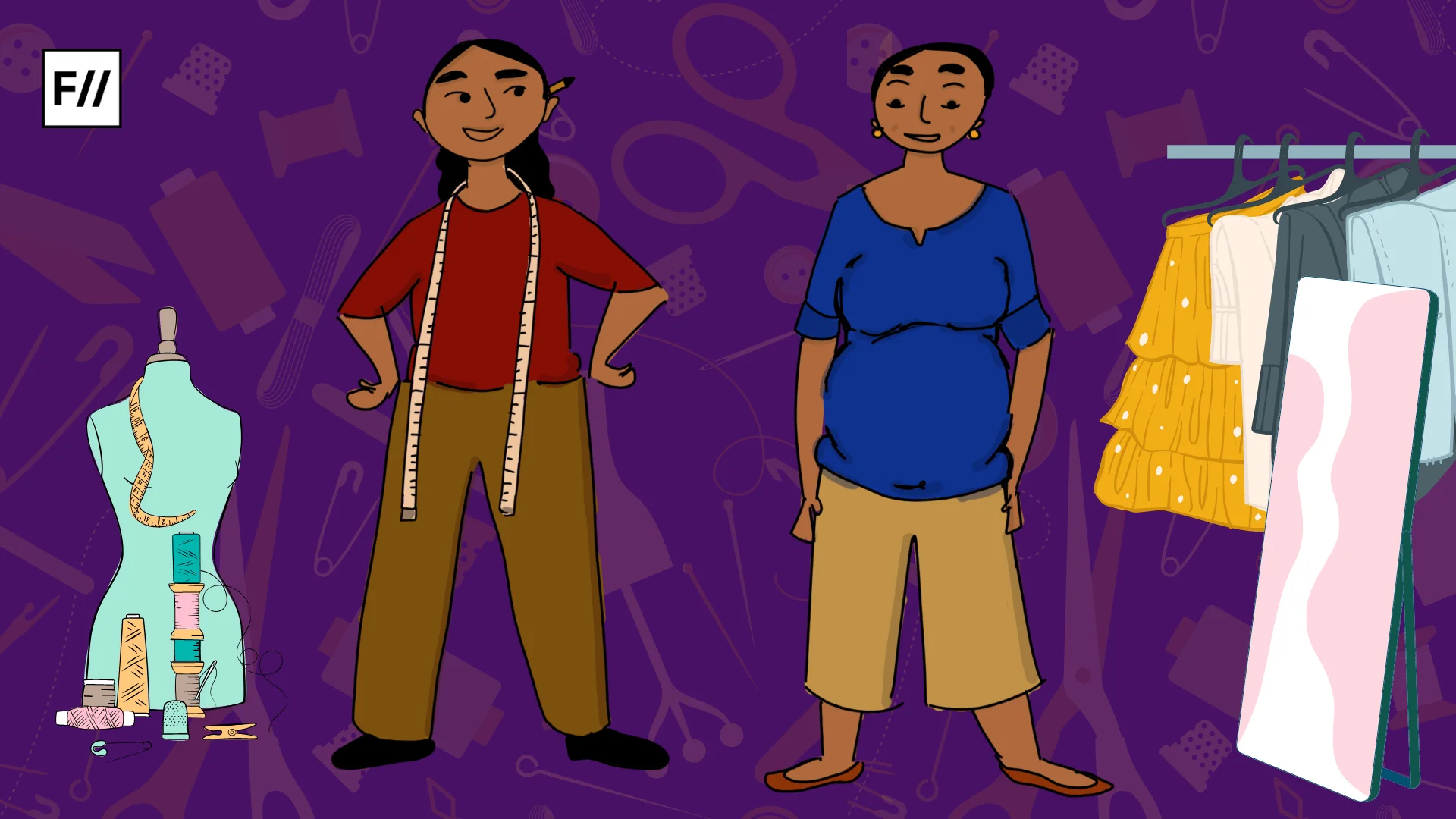
The hidden joy of clicking selfies, not for male validation but for the interplay of memory and self-admiration, defines how womanhood is centred on the focal point of aesthetic pleasure brought about by these joys. No matter how subjective joy might be, for me, it lies in window-shopping for aesthetic outfits and accessories while revelling in the pleasure of the self-admiration it would bring me. I find it in wearing a cute pink skirt with a bow top while being behind the wheel. I find it in the very revelation that aesthetics don’t need to be serious or justified.
This visual and aesthetic pleasure derived from fashion, thus, turns into an inlet of collective fury and resistance that silently slaps those patrolling the very realities that adorn female bodies. The irony coiled in bows, waistbands, bodysuits, and lip glosses makes them a site of resistance. Embracing these small yet luminous pleasures that don’t categorise women into the neatly creased boxes of a slut, a hoe, and an oldie is true liberation, and retail fashion achieves exactly that when done as an act of self-pleasure beyond male appeasement.
About the author(s)
Nausheen is currently an undergraduate student pursuing journalism at Lady Shri Ram College for Women, Delhi University. With a keen interest in feminism, geopolitics, and social issues, her passions lie in research, writing, and public speaking. In her free time, she enjoys listening to music, sipping coffee, and playing chess.
